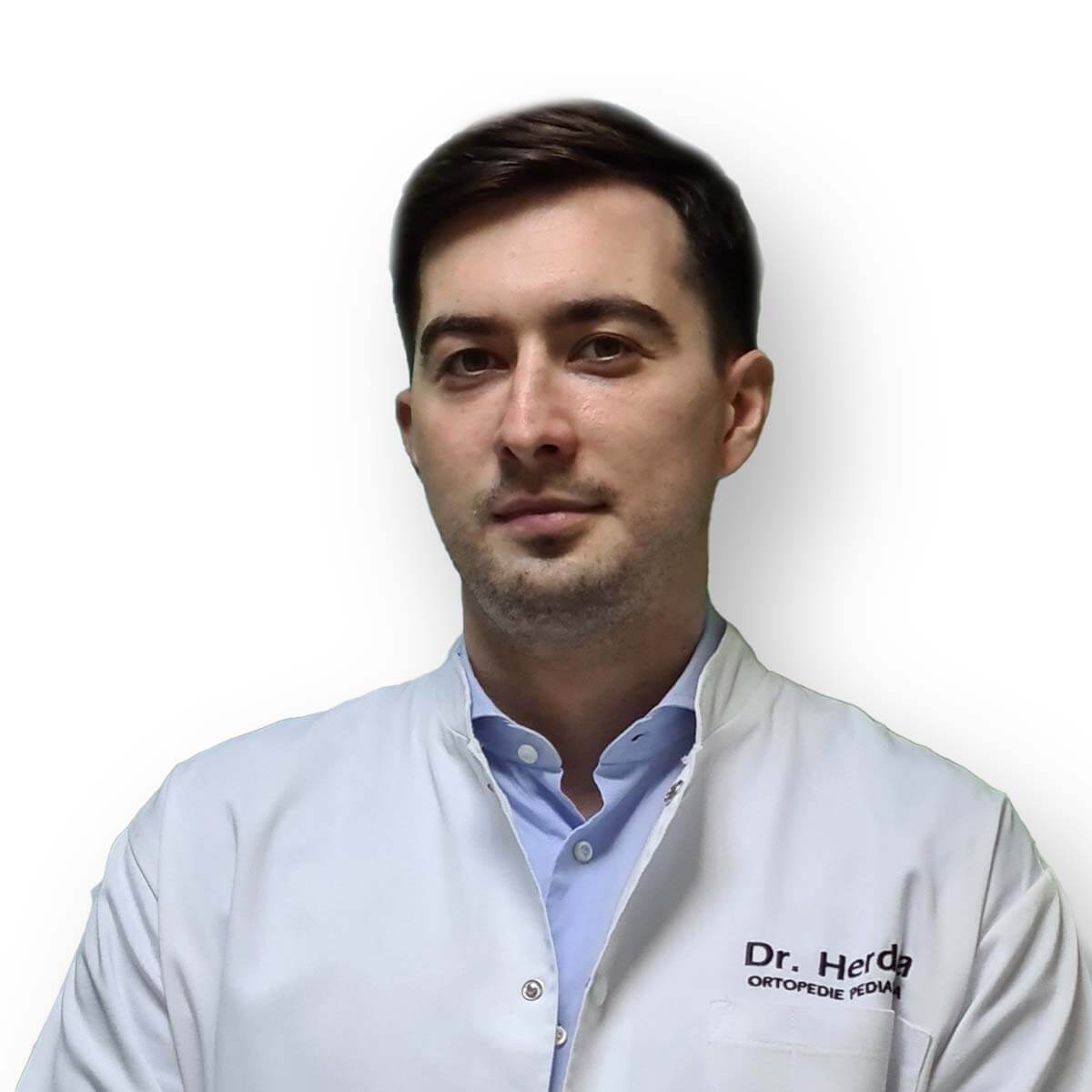
Exercise should be an integral part of the treatment and management of lymphedema, being a cornerstone of complete decongestant therapy (CDT) for people at risk or affected by lymphedema. Exercise can be defined as controlled physiological stress for the body, to increase its ability to respond to future demands, by adapting the neuromuscular and circulatory system. The physical therapy program should begin on the recommendation of a physician and under the guidance of a lymphedema therapist.
In the self-management (maintenance) phase, additional emphasis can be placed on increasing flexibility, improving muscular endurance, weight control, and cardiovascular health. Although there is a broad consensus on the need and benefits of decongestant and breathing exercises in the first phase of CDD, there is no real consensus on when the patient can start with additional exercise, the volume, and type of exercise regimen that it may or may not be used by people with lymphedema. For most patients at risk or affected by lymphedema, a workout regimen usually includes a combination of aerobic exercise, flexibility, stretching, and endurance.
Endurance (strength) exercises improve muscle strength, increase endurance in ligaments, tendons, and bones and help control weight. Resistive exercises are usually performed repeatedly against an opposite load. Gradual progression is crucial, and exercise programs should be tailored to the patient's ability to exercise.
There has been much controversy and misinformation about strength training exercises for people with lymphedema. According to the literature, low to moderate intensity resistive exercises, performed slowly and progressively, under compression, do not cause side effects on lymphedema or its incidence. Moreover, they significantly improve muscle strength. A long-term study compared the impact of exercise against high resistance (75-85% of maximum resistance) with the impact of light resistance (55-65% of maximum resistance) on people with lymphedema. It was shown that there was no difference between the two groups on the volume of lymphedema and the severity of symptoms, with no side effects during the experimental period. Although research has shown that intense exercise can be undertaken without adverse effects by those patients at risk or who already have lymphedema, it is recommended to work with caution. The exercise regimen should be started slowly, to avoid the risk of increased edema or muscle damage. This allows the individual to observe how the edematous extremity responds to exercise.
Aerobic exercise generally involves repetitive movements, which involve large muscle groups. Some long-term benefits of aerobic exercise (walking, swimming, cycling) include decreased resting heart rate, improved muscle strength, weight control, and improved veno-lymphatic drainage. Aerobic exercise helps with weight loss and encourages deep breathing, which in turn supports lymphatic and venous return. A special benefit for people affected by lymphedema is water exercises. The buoyancy effect that water has on the musculoskeletal system makes movement more comfortable, and the hydrostatic pressure of the water acts as "whole-body clothing", helping to reduce edema.
Exercise is an important part of managing lymphedema and should certainly not be avoided by the patient. Effective lymphatic flow depends on sufficient muscle and joint activity, especially if the function of the lymphatic system is compromised. It must be remembered that each person recovers at his own pace, and the exercise program should be individualized to the condition, needs, and goals of each patient. When we talk about physical activity in lymphedema, we must listen to our bodies and not force their limits.
Prices
You can find here a detailed list of the prices of individual services. But any correct recovery process is based on a mixed plan of therapies and procedures, customized according to the condition, stage of the condition, patient profile, and other objective medical factors. As a result, in order to configure a treatment plan, with the therapies involved and the prices related to the plan, please make an appointment here for an initial consultation.
MAKE AN APPOINTMENT
FOR AN EXAMINATION
See here how you can make an appointment and the location of our clinics.
MAKE AN APPOINTMENT

































































































